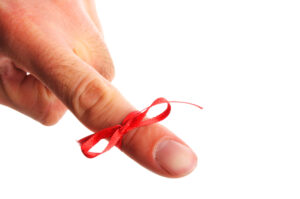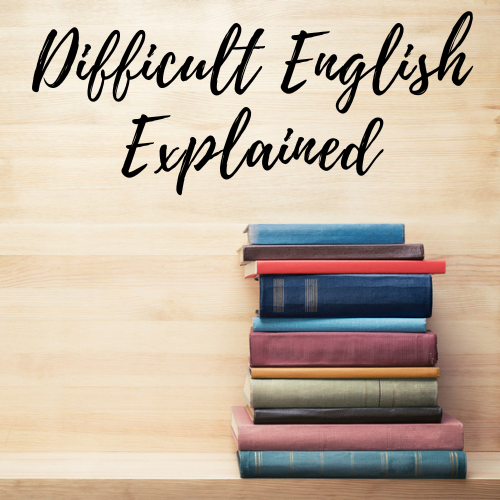Video link: https://youtu.be/yV9qnQFgs40

When we learn anything new, including a foreign language, it’s necessary to memorize some basic information. This provides a foundation for everything else. So how can you memorize what you need without wasting a lot of time or feeling bored? Unfortunately, some of the strategies that we learned in school are not very efficient or effective. The good news is that neuroscience, or brain science, has given us some new insights into how our brains work. This makes it possible to test which strategies really work and which ones are a waste of time.
Before I go further, there is one important thing to understand. You don’t get something for nothing. You have to work to remember information. The question is, will you work and remember, or will you work and not remember?
Let’s start with some techniques for remembering new vocabulary. As a teacher, I have seen plenty of books that promise to teach new vocabulary. It is common for them to contain lists. A typical chapter presents a list of words that are related in some way, then some fill-in-the-blank or matching exercises to practice them.
If you do exercises like this, you will remember the words for a short time, and then you will forget most of them. Why? Human brains are not good at remembering text. You can remember new words as text for a short time, but unless you use those words a lot after that, the words will not get stored in your long-term memory. You might pass a test or get a good grade on a homework assignment, but you won’t remember the words for very long.
Human brains are good at remembering images. They are very good at remembering familiar images. Let’s say you want to remember the names of some everyday objects in English. Get a package of sticky notes (Post-it notes). Look up the names of the objects in your own home, write each one on a sticky note, and then stick a note to each object. Yes, I understand that your home will look a little strange with notes that say, “chair,” “table,” or “bookshelf,” everywhere, but give it a try. The next time you need the name of one of those objects, all you have to do is make a mental picture of your home. In your mind, walk to the object whose name you want to remember. The sticky note with the name will be there. Congratulations! You just remembered the word you wanted.
This is one example of how you can use images to remember words. There are plenty of other possibilities. The more personal or familiar an object is, the stronger your memory of it is. If you can attach something new that you want to learn to something you already remember, the chance that you will remember the new word or concept later is much better. When you want to practice recalling your new vocabulary, don’t try to remember a list. Walk through an image in your own mind until you find what you need.
Connecting a new word to an image you already know is a great way to get the new word into your mind. Recalling the new word is the way to make it stay there. You can keep the new word in your mind by walking through your mental image and finding the new word. The more times you recall the new word, the stronger the memory will become.
References
Oakley, B. & Sejnowski, T. (2018) Learning How to Learn: How to Succeed in School Without Spending All Your Time Studying, Penguin Publishing Group. Kindle Edition, New York, NY, USA
Would you like to support my content? Make a donation at Buy me a Coffee! https://www.buymeacoffee.com/diffengexplnd
Get notified of new blog posts on my Telegram channel. Sign up at https://t.me/diffengexplnd.
